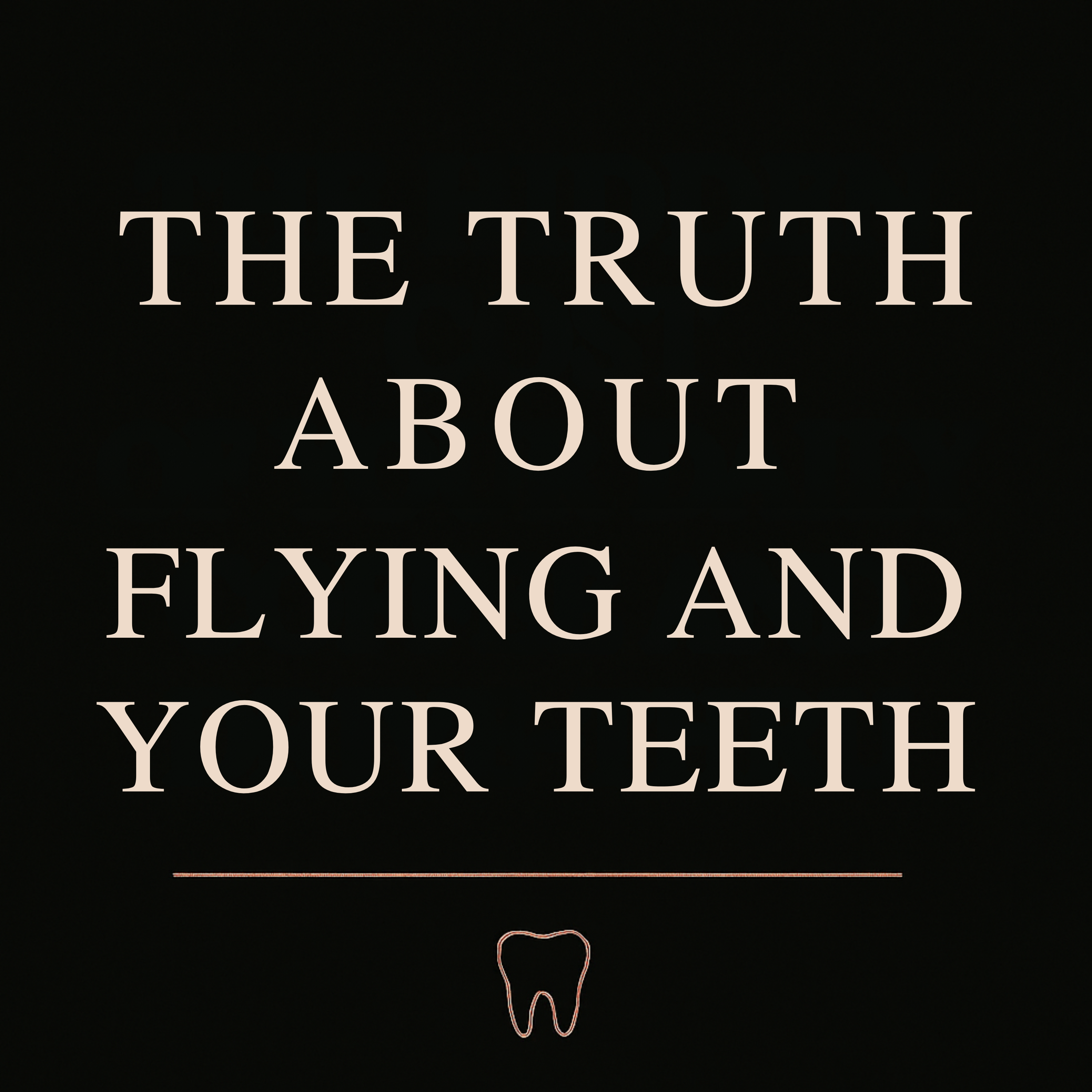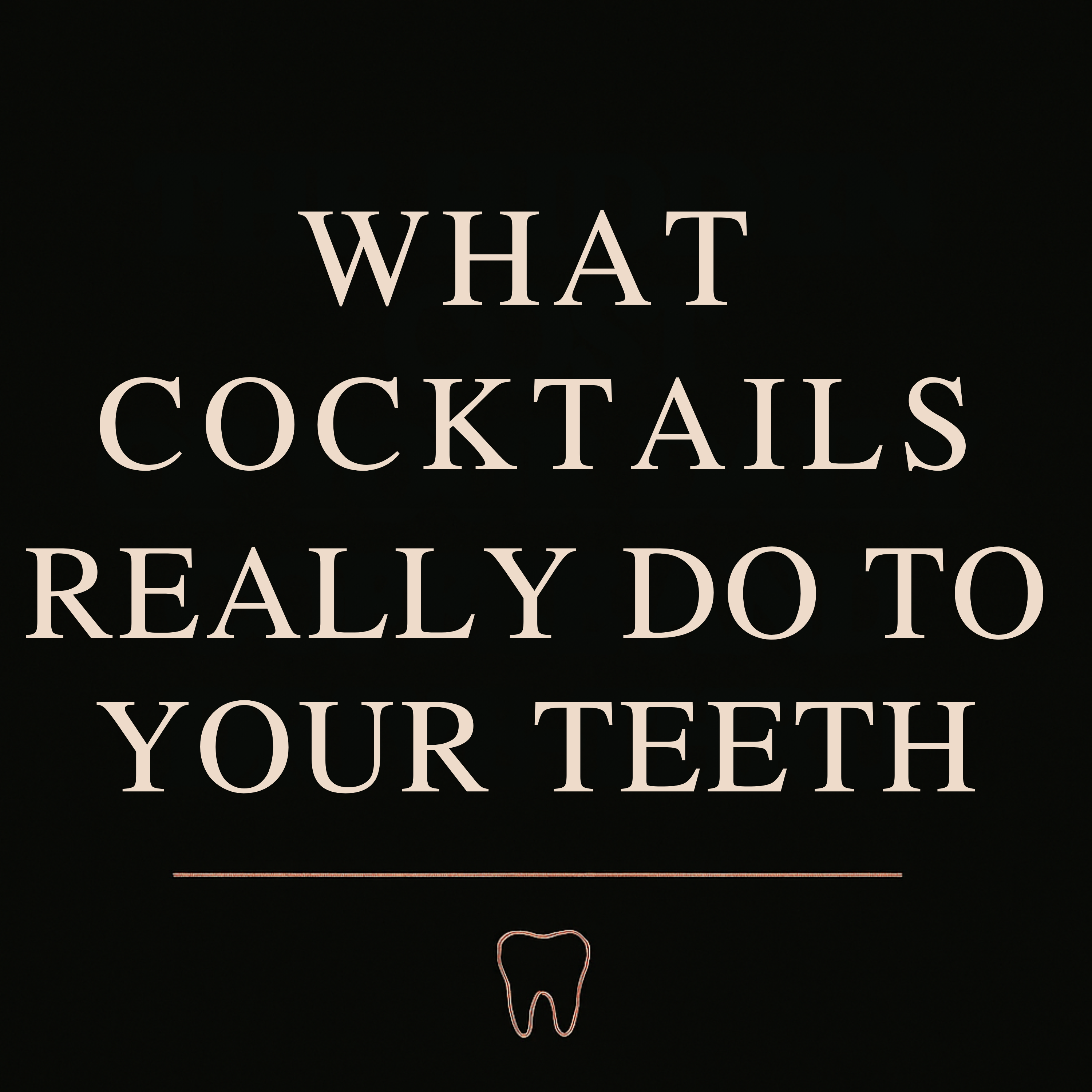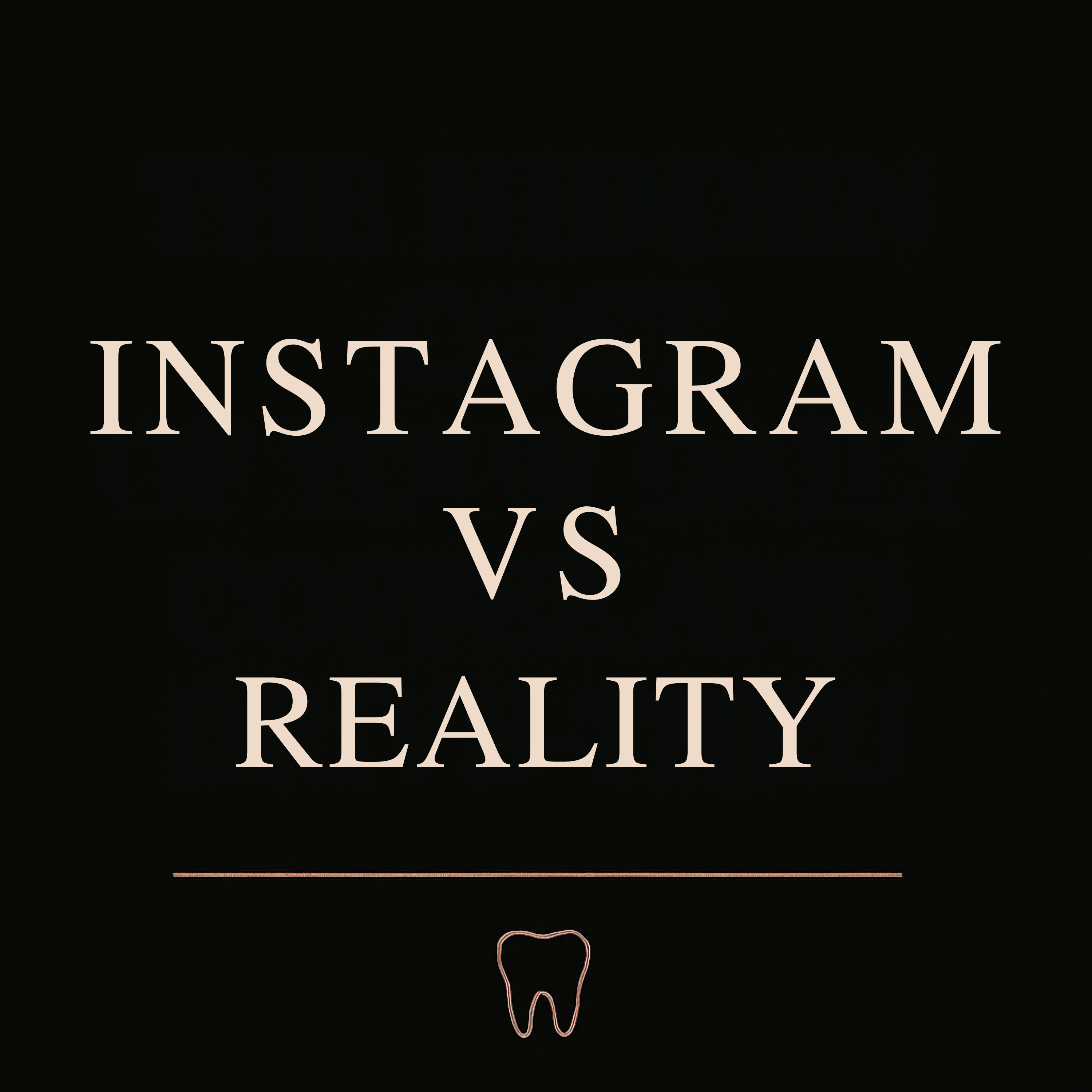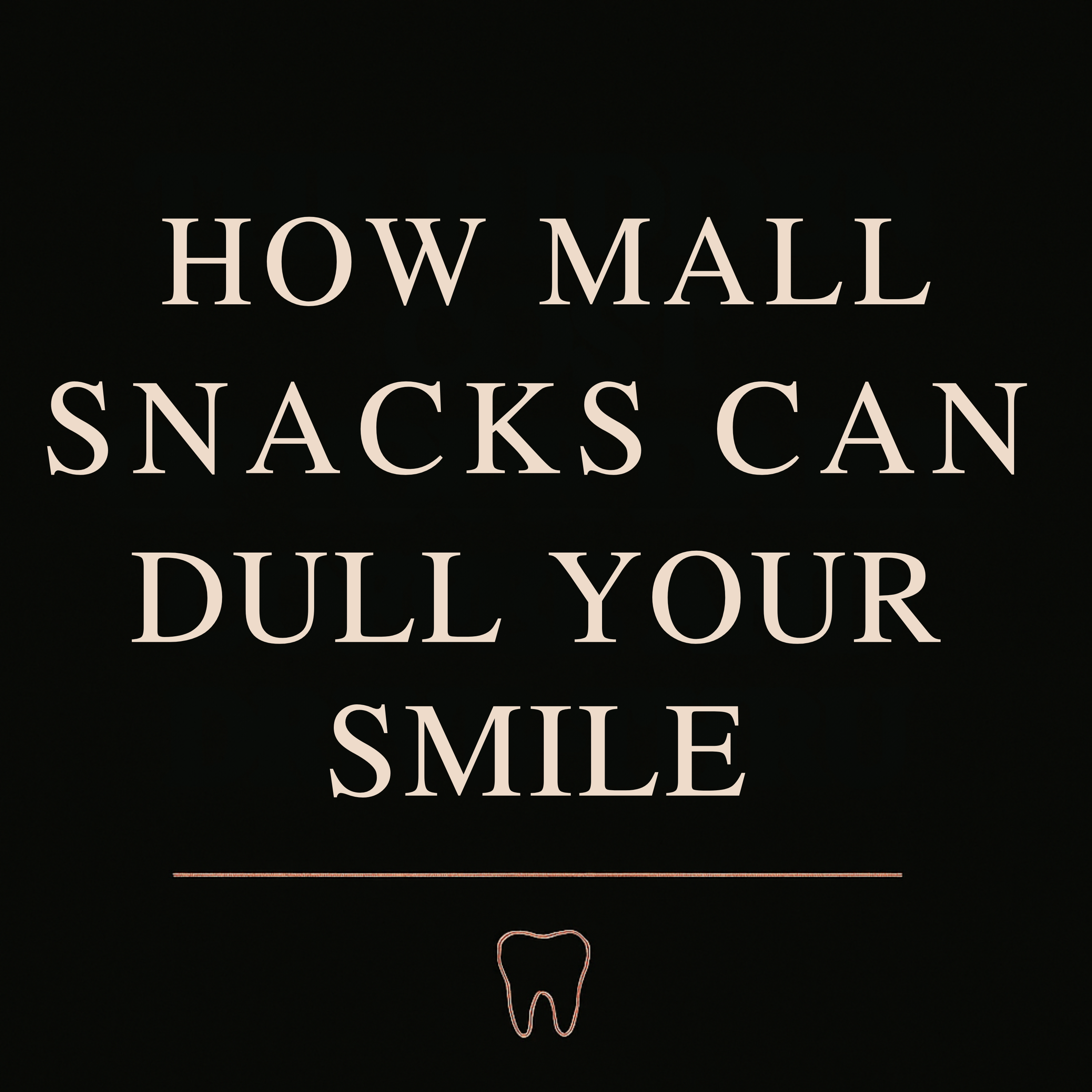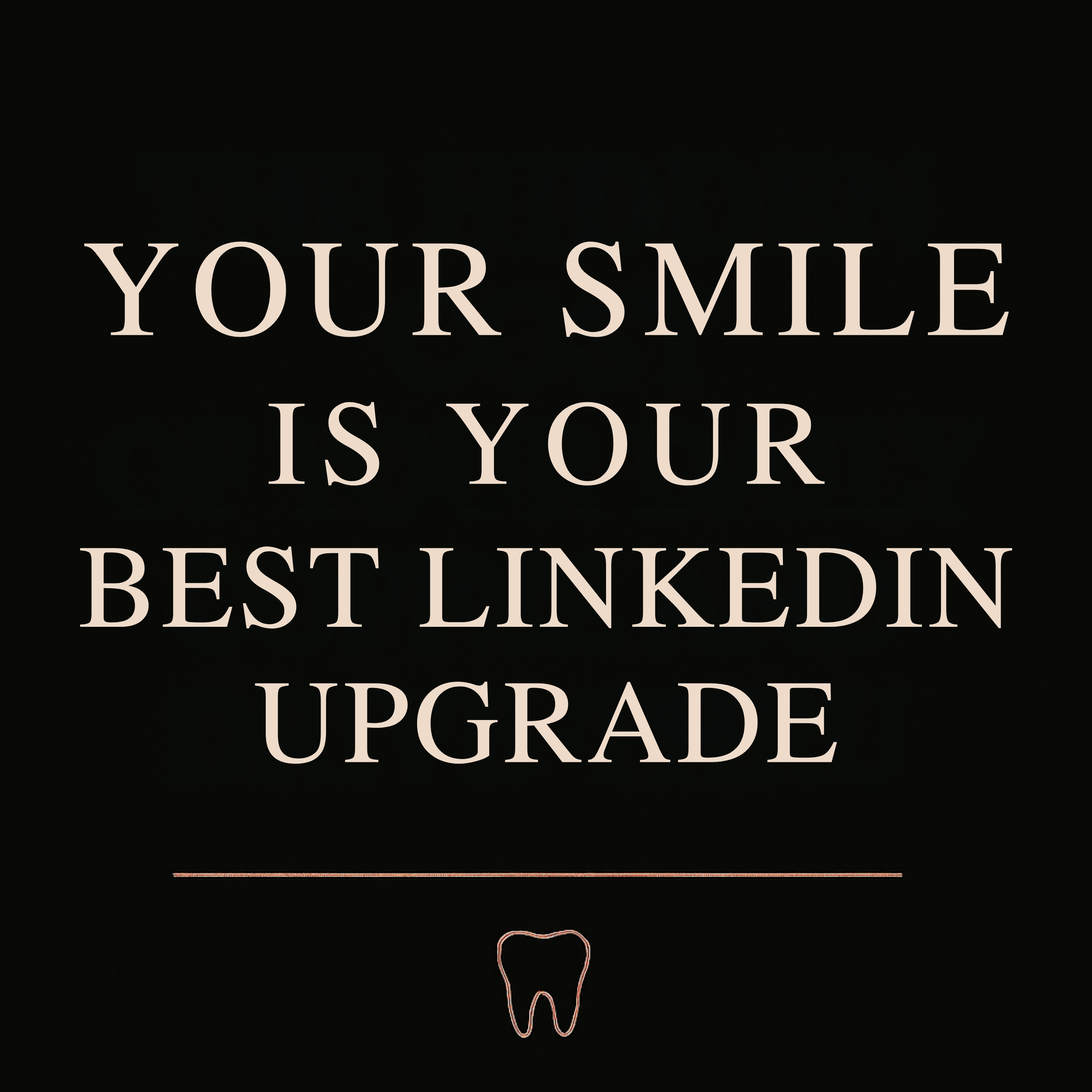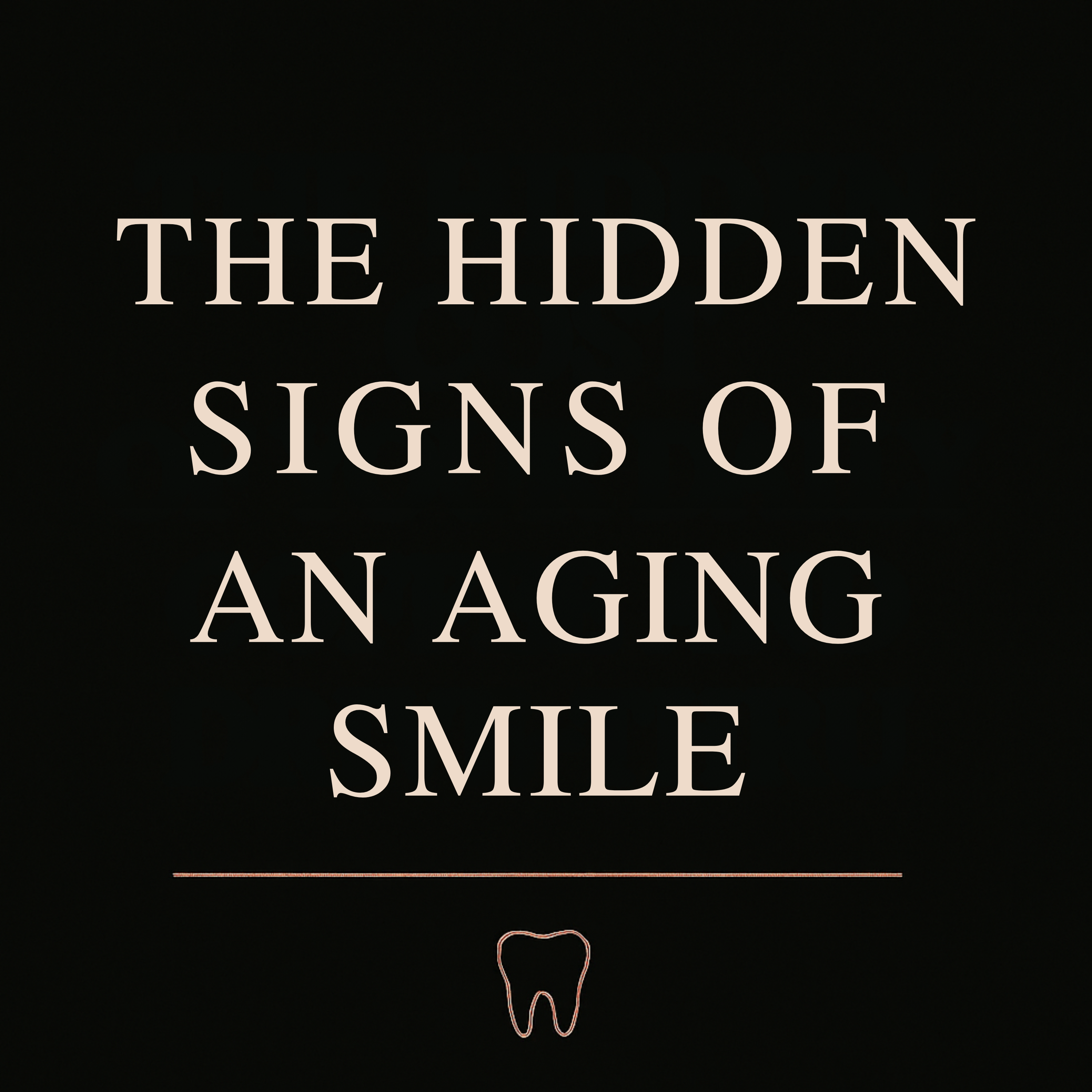Episode Transcript
Flying often feels like part of the adventure. Whether it’s the excitement of a getaway or the routine of a business trip, planes give us the chance to disconnect, relax, and enjoy snacks and drinks above the clouds. It seems harmless enough.
But here’s the part most people don’t realize: the very conditions that make flying unique—dry cabin air, in-flight snacks, and acidic drinks—can quietly affect your teeth. The changes don’t hurt right away, but over time they add up—leading to dryness, sensitivity, and enamel erosion.
Let’s start with cabin air. Airplane humidity levels are often below 20%—drier than most deserts. That dry air reduces saliva production, and saliva is your body’s natural defense system. Without it, plaque builds faster, bad breath sets in mid-flight, and cavities are more likely to develop with frequent travel.
Then, the snacks. Airlines love to hand out pretzels, crackers, and cookies. Convenient, yes—but starchy foods break down into sugars that stick to teeth. Constant grazing every hour on a long flight keeps your mouth in an acid cycle, fueling cavities, gum irritation, and hidden enamel erosion.
And let’s not forget the drinks. Sodas, sparkling waters, even tomato juice—these choices seem refreshing in the air. But they’re acidic, and without enough saliva to buffer, enamel softens almost immediately. For context, cola served on planes has a pH around 2.5—more acidic than lemon juice. Over time, this means staining, dull enamel, and irreversible erosion.
So what’s the smarter move? You don’t have to give up your travel comforts—just swap them out with a little more intention.
First, hydration. Drink plain water throughout the flight. Bring a refillable water bottle and ask attendants to top it off. Sugar-free gum is another easy fix—it stimulates saliva and keeps your mouth fresher on long trips.
Second, snack smarter. Choose nuts or cheese packs instead of crackers or cookies. Limit constant snacking and eat small meals instead. And always rinse with water afterward to wash away starch and sugar.
Third, rethink your drinks. Still water or herbal tea are the safest choices mid-flight. If you want bubbles, sip quickly and follow with water. And be mindful with coffee or alcohol—they dry your mouth even further.
Why do these swaps matter? Because while flying doesn’t feel harmful in the moment, its effects build silently. Frequent flyers often notice more sensitivity, cavities, or dullness in their smile over time. With a few smart habits, you can land at your destination feeling fresh, hydrated, and confident.
At KYT Dental Services, we see this often. Patients are surprised when years of frequent travel quietly added up to enamel erosion or gum irritation. That’s why our approach goes beyond treating problems. We anticipate them—offering enamel-strengthening care, professional whitening, and even travel-friendly dental kits to keep your smile protected wherever life takes you.
Because every journey should leave you with memories and excitement—not dental damage.
Thanks for listening to Trust Your Teeth. If you found today’s episode helpful, follow the show and share it with a fellow traveler.
Until next time—fly smarter, smile stronger.
